Posted on 2/28/2025
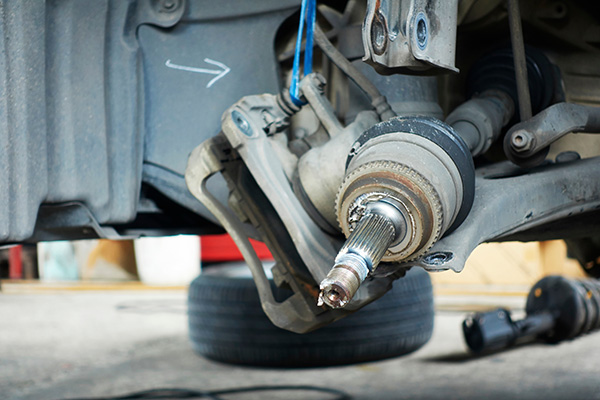
Driving should feel predictable, but hearing a clicking sound when you turn the wheel can be unsettling. It’s not the kind of noise you expect from a properly functioning vehicle, and it’s certainly not something you want to ignore. While some clicking sounds might be harmless, others could indicate worn or failing components in your steering or suspension system. The key is understanding what’s causing the noise and whether it requires immediate attention. What Causes a Clicking Noise When Turning A clicking noise while turning is almost always linked to an issue in the vehicle’s steering, suspension, or drivetrain. The cause can range from minor wear to serious mechanical failure, and knowing the difference can help you avoid unnecessary breakdowns. Failing CV Joints Constant velocity (CV) joints are responsible for transferring power from the transmission to the wheels while allowing flexibility in movement. Th ... read more
Posted on 1/31/2025
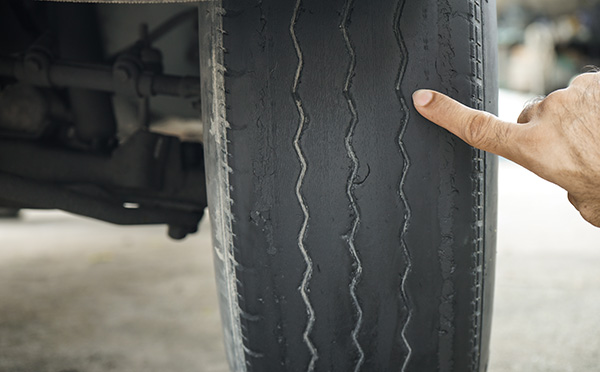
Your car's tires are its foundation, keeping you safe and steady on the road. But what happens when you notice a drop in tire pressure, even though there's no visible puncture? It’s a common issue that leaves many drivers scratching their heads. Understanding why this happens can help you address the problem before it turns into something bigger. Temperature Changes and Their Impact One of the most overlooked reasons for a drop in tire pressure is temperature fluctuations. Tires are filled with air, which expands and contracts depending on the temperature. For every 10-degree drop in temperature, tire pressure can decrease by about 1 PSI (pound per square inch). This is why you might notice your tires looking slightly deflated during colder months. On the flip side, heat causes air to expand. While this doesn’t typically lead to a noticeable increase in pressure, it does put stress on the tire, especially if it’s already underin ... read more
Posted on 12/20/2024
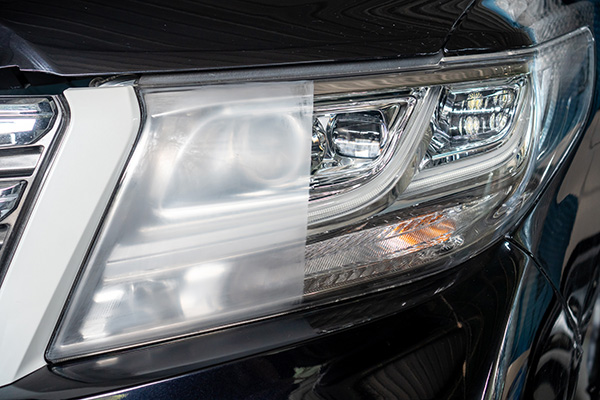
Clear visibility isn’t just a convenience when you’re driving—it’s a necessity for safety. But what happens when your headlights lose their brightness because of burned or cloudy lenses? Headlights are your car’s eyes at night or in bad weather, and any obstruction to their performance can put you and others on the road at risk. We'll explain why burned headlight lenses are a big deal and what you can do about them. What Causes Headlight Lenses to Burn or Cloud Over Most modern vehicles use plastic headlight lenses rather than glass. While plastic is lightweight and durable, it’s not immune to wear and tear. Over time, exposure to sunlight, heat, and environmental contaminants can cause the lenses to degrade. This process, known as oxidation, is the primary culprit behind burned or cloudy headlight lenses. UV rays from the sun break down the clear coat on the lens, leading to discoloration and a hazy appearance. Add in road de ... read more
Posted on 11/29/2024
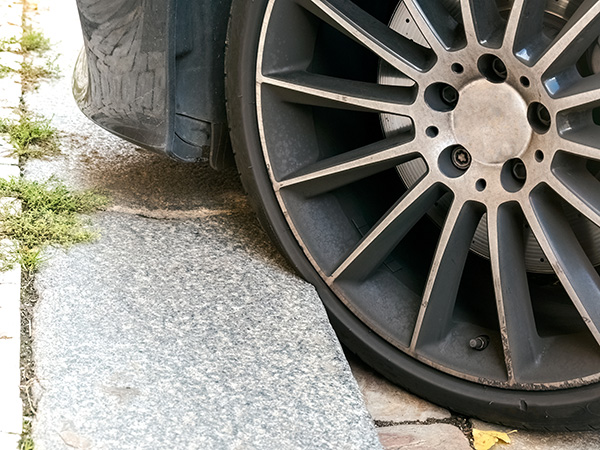
It happens to almost everyone at some point: you misjudge a turn or hit a pothole, and suddenly, your car jolts from a harsh impact with the curb. But aside from the shock, can hitting a curb actually cause serious tire damage? It might seem harmless, but even a seemingly minor impact can have surprising consequences for your tires, alignment, and even suspension. Let’s take a closer look at what really happens when you hit a curb, what damage to watch for, and what steps you should take if it happens. What Happens When You Hit a Curb Hitting a curb is more than just a simple bump. Your tires, wheels, and suspension system take the brunt of the force from the impact. Tires are made of reinforced rubber designed to withstand regular driving stresses, but they aren’t invincible. When a curb strike occurs, it can compress and stress the tire structure, potentially leading to several issues, from sidewall damage to alignment shifts. A single hit ... read more
Posted on 10/31/2024
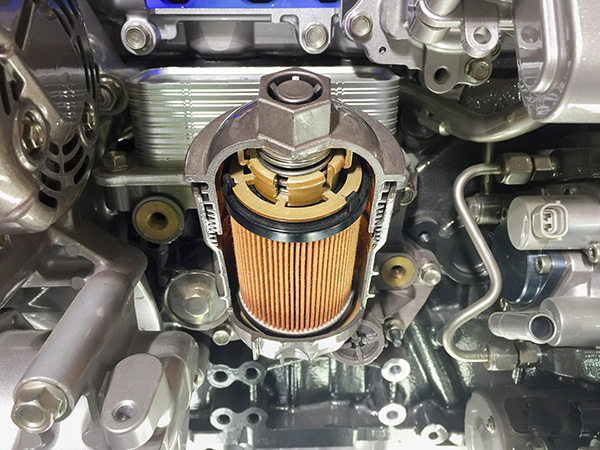
Have you ever let your fuel tank run dangerously low? Maybe you've even pushed your car until it completely ran out of gas. While it might seem like a minor inconvenience, running out of fuel can have lasting consequences, particularly for your fuel pump. Many drivers don’t realize that this critical component relies on the fuel itself to stay cool and lubricated. So, can running out of fuel damage your fuel pump? Let's find out. How Does a Fuel Pump Work Your car’s fuel pump delivers fuel from the gas tank to the engine. Located either inside the fuel tank or close to it, this pump pressurizes the fuel and sends it through the fuel lines to the engine, ensuring a consistent flow for combustion. Most modern cars use electric fuel pumps that rely on a constant supply of fuel to maintain optimal performance. But here's where things can go wrong: when your tank runs dry, the pump is forced to operate without fuel, which it depends on for cooling ... read more